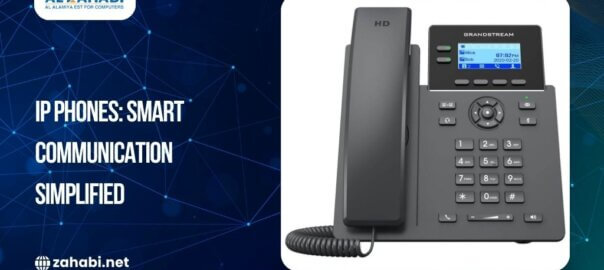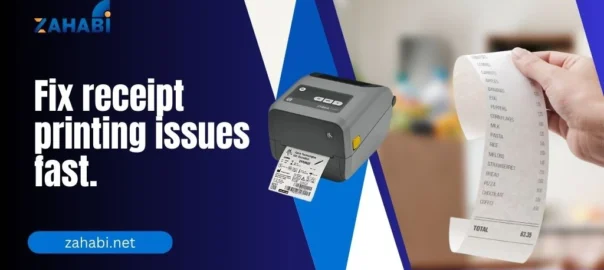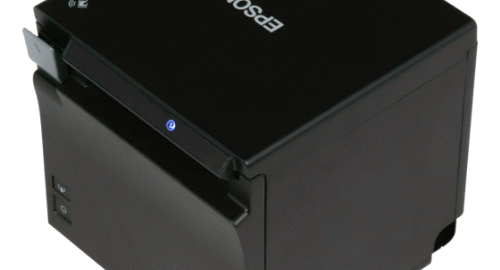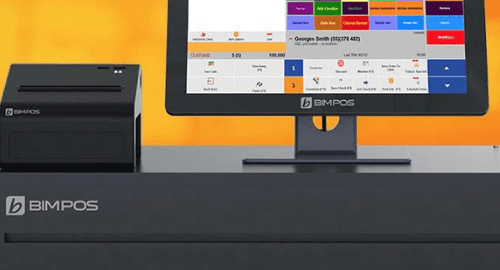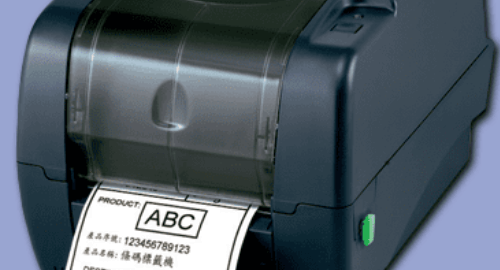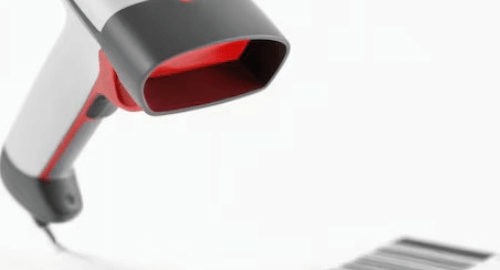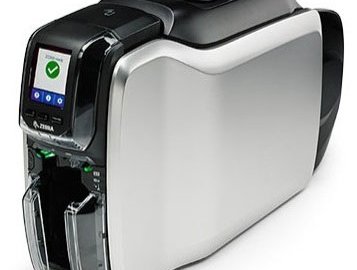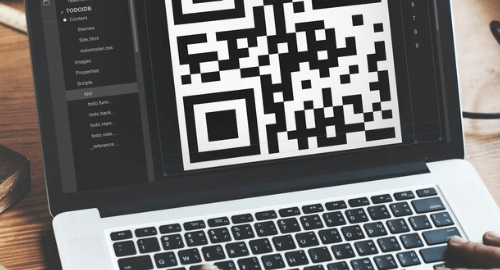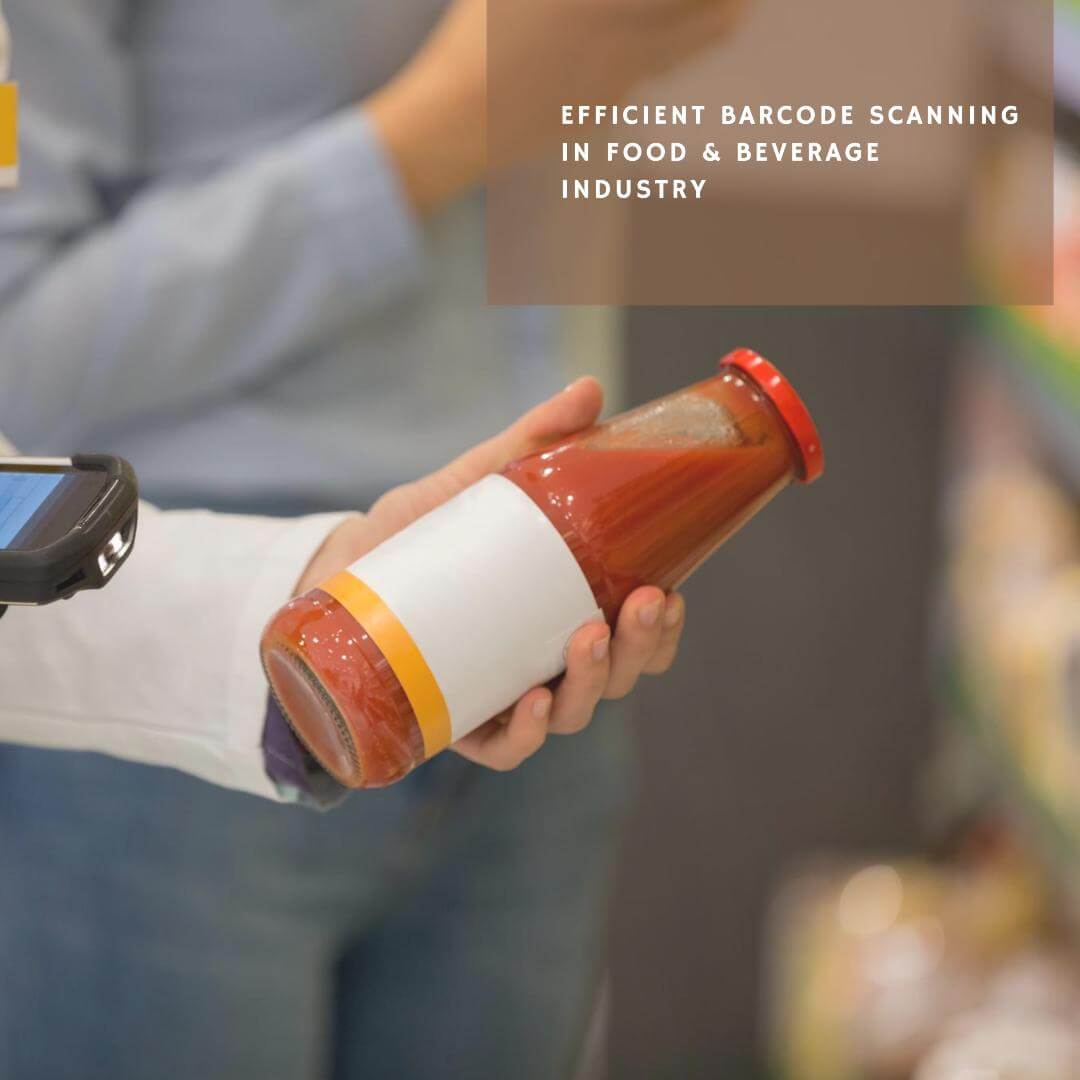
Barcodes have transformed the retail landscape in the food and beverage industry by streamlining operations, enhancing safety, and improving efficiency. From tracking products to managing inventory, barcodes play a critical role at every stage of the retail process. This comprehensive guide explores how barcodes can benefit retailers in Kuwait and provides practical examples to illustrate their advantages.
1. Tracking Products from Supplier to Shelf
Barcodes enable seamless tracking of food products from the supplier to the retail shelf. Each product is assigned a unique barcode that contains essential information such as the product’s origin, batch number, and production date.
- Example: A barcode on a pack of dates might contain information about the farm where the dates were grown, the harvest date, and the batch number. This information helps retailers ensure that the product meets quality standards and can be traced back to its source if needed.
2. Enhancing Food Safety
Barcodes significantly enhance food safety by allowing for precise tracking and quick response in case of contamination or recall. This capability is crucial for minimizing risks to consumers.
- Example: During a recall of a contaminated batch of lettuce, a grocery store in Kuwait can quickly identify and remove the affected products by scanning the barcodes. This efficient recall process prevents further distribution of contaminated products, protecting consumer health.
3. Inventory Management
Barcodes improve inventory management by providing real-time data on stock levels, product movements, and expiration dates. This helps retailers reduce waste and ensure fresh products are available.
- Example: A supermarket in Kuwait uses barcodes to monitor the inventory of dairy products like milk and yogurt. The system automatically alerts staff when stock is low or close to expiration, ensuring timely restocking and minimizing waste.
4. Streamlining the Checkout Process
In retail settings, barcodes expedite the checkout process, reducing wait times for customers and improving satisfaction.
- Example: At a busy grocery store in Kuwait City, cashiers scan barcodes on products, quickly registering each item and generating an accurate total. This process speeds up transactions, allowing customers to check out efficiently, even during peak hours.
5. Simplifying Logistics and Distribution
Barcodes play a crucial role in logistics and distribution by enabling efficient tracking of shipments and verifying the contents of deliveries.
- Example: A distribution center in Kuwait scans barcodes on incoming pallets of bottled beverages. The system verifies the shipment against the purchase order, ensuring the correct products and quantities are received. This reduces errors and streamlines the receiving process.
6. Supporting Quality Control
Barcodes support quality control by providing detailed information about each product, allowing retailers to monitor quality at different stages of the supply chain.
- Example: A retail chain in Kuwait uses barcodes to track batches of fresh produce from the supplier to the store. Quality checks at each stage are recorded and associated with the product’s barcode, ensuring consistent quality.
7. Facilitating Regulatory Compliance
The food and beverage industry is subject to strict regulations to ensure product safety and quality. Barcodes help retailers comply with these regulations by providing a reliable method of tracking and documenting product information.
- Example: A supermarket in Kuwait uses barcodes to track batches of meat from the supplier to the shelf. This detailed tracking ensures compliance with food safety regulations and provides a clear audit trail in case of inspections.
How to Implement Barcodes in Your Retail Business
- Choose the Right Barcode Type: Select the appropriate barcode type for your products. Thermal labels are common for perishables, while durable labels are better for items with a longer shelf life.
- Invest in Quality Equipment: Purchase reliable barcode scanners and printers to ensure smooth operation. Ensure that your equipment is compatible with your POS and inventory management systems.
- Train Your Staff: Provide training for your employees on how to use barcode technology effectively. This includes scanning techniques, troubleshooting common issues, and understanding the importance of accurate data entry.
- Regularly Update Systems: Keep your software and hardware updated to support new features and maintain security. Regular updates ensure that your barcode system runs efficiently and can handle evolving business needs.
- Monitor and Review: Continuously monitor the performance of your barcode system and make improvements as needed. Regular reviews help identify areas for optimization and ensure that the system meets your business goals.
Conclusion
Barcodes are a powerful tool for retailers in Kuwait’s food and beverage industry, offering numerous benefits from enhanced traceability and food safety to improved inventory management and streamlined logistics. By implementing barcode technology, retailers can ensure product quality, comply with regulations, and deliver superior service to their customers. This comprehensive guide provides the knowledge and examples needed to understand the critical role barcodes play in maintaining efficiency, safety, and quality from supplier to shelf.

